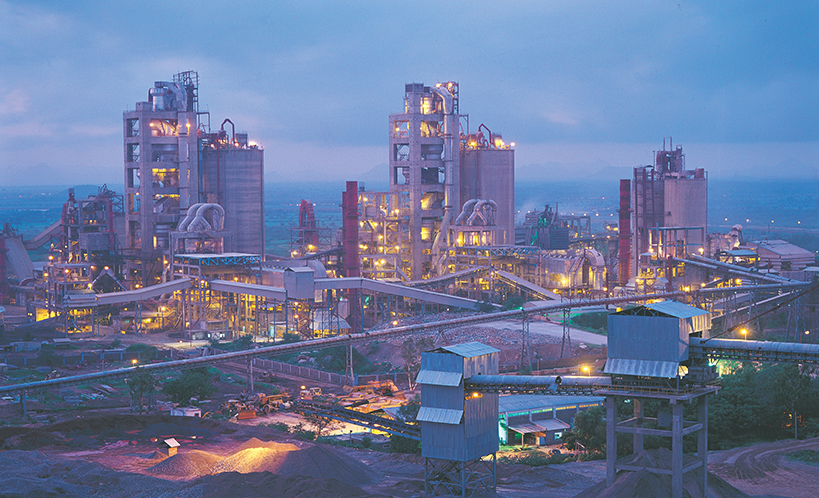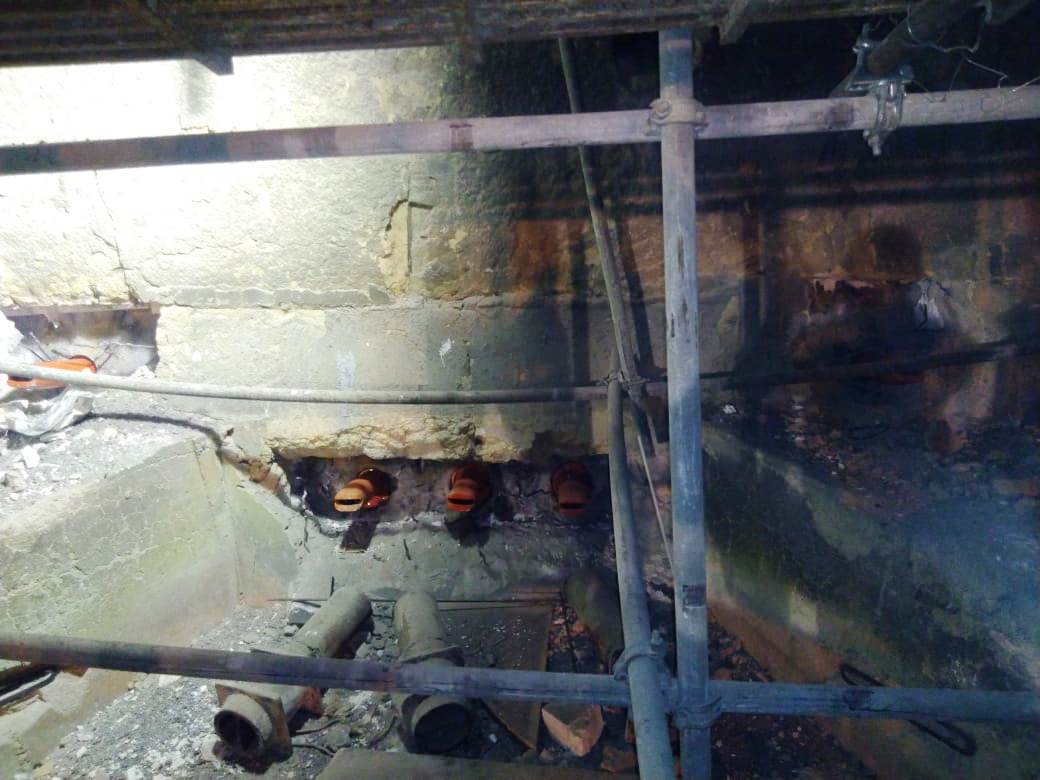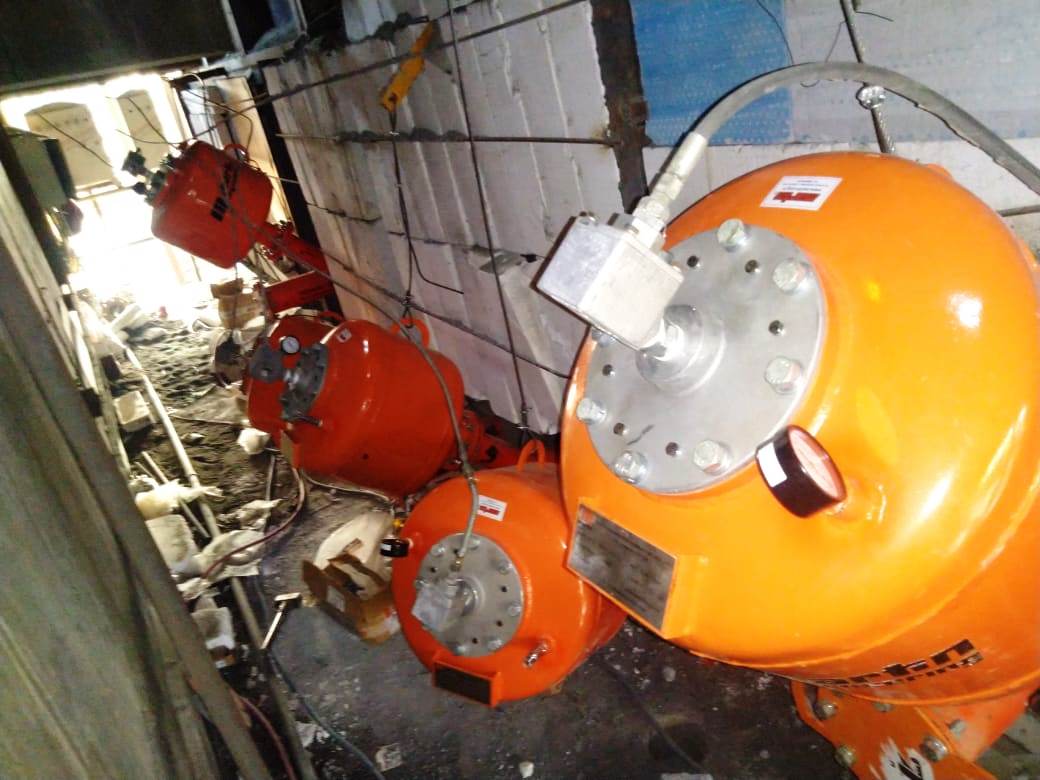Resources
| PDF - Printable Version of Case Study | Download |
Problem Solved!
We've been solving bulk material handling problems for companies around the word for over 70 years. Learn more about some of their experiences below.
| Products Used | SMART™ Series High-Temp Nozzle Straight Y-Pipe Nozzle , Typhoon Air Cannon |
|---|---|
| Product Types Used | Air Cannon Solutions |
| Industry | Cement |
| Customer | JK Lakshmi - Sirohi, Rajasthan, India |

The JK Lakshmi Cement plant in Northwestern India was experiencing excessive buildup in the clinker cooler, creating "snowmen" when molten clinker didn't flow properly from the kiln to the cooling conveyor. Such formations can slow the flow of material and lead to system clogging. To remedy this, the company installed large 300/150 L (92/39 gallon) air blasters with standard nozzles. But operators found that the large tanks put a significant burden on the compressed air system, without completely addressing the formation of snowmen. Due to the punishing high heat environment, the nozzles suffered build up, clogging and back-flow. Switching them out required cutting out the old nozzles and repairing the refractory lining.

Leading up to a scheduled shutdown, managers invited the Martin Engineering India team to inspect the area and provide a solution. To offer more powerful performance with less draw on the compressed air system, technicians installed five 70L (19 gallon) Martin® Typhoon Air Cannons mounted on Y pipe assemblies with SMART™ Series Jet Nozzles. The Typhoon features a smaller tank delivering improved per-shot pressure and a back facing valve for easy maintenance without tank removal. The Y pipe assembly offers permanent mounting for easy tank and nozzle replacement, with no shutdown required. The SMART Series Jet Nozzles are made to withstand high heat environments with a slotted head design for greater spread and no back-flow.

After a year of testing, operators report that the equipment has performed as specified, with less burden on the compressed air system and no evidence of snowman buildup over the entire test period. "We are very satisfied with the outcome," said an operator closed to the project. "Also, cleaning efficiency has improved because of the greater blast force." Managers have indicated that, due to the improved performance and durability of the equipment, they intend to use the same technology in other parts of the plant.
+27 (0) 13 656-5135
Martin Engineering
Antwerpen Street & Arnhemsingel
Die Heuwel, Witbank, Emalahleni
Mpumalanga, South Africa 1042
feedback@martin-eng.com
+27 (0) 13 656-5135